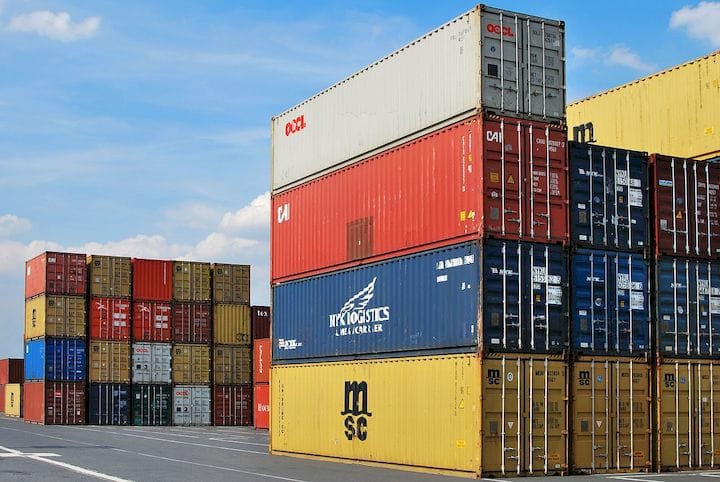![Tariffs imposed on incoming shipments of parts [Source: Pixabay']](https://fabbaloo.com/wp-content/uploads/2020/05/image-asset_img_5eb09302982b3.jpg)
I’m reading a story on Forbes about using 3D printers to beat trade tariffs, and wondering if this is truly possible.
The story suggests that in some cases it may be possible to avoid tariffs on specific spare parts by 3D printing the items within country, rather than the normal practice of ordering them from overseas.
The proposal is to leverage the fact that while physical goods are subject to tariffs as they cross international borders, digital files are not. Thus it may be possible to “ship” a product without tariffs, so long as it is physically produced using a 3D model within country.
Could this really work in a practical world? I think there are considerable challenges yet to overcome before this could be actually feasible. Things to consider:
Cost Of 3D Printing
When normal spare parts may be produced using traditional mass manufacturing techniques overseas, the unit price is quite low, as the molds and tooling used to create them have likely been amortized over perhaps millions of units.
Meanwhile, the cost of 3D printing per unit remains high. While there has been some progress towards “low-volume production” using 3D printers, there is always a “line of financial feasibility” beyond which it is cheaper to use traditional approaches.
That line is pushed a bit further out if you add tariffs to the cost of an imported part, but there’s still a line. This means that, case by case, one must evaluate whether it is cheaper to produce the parts with 3D printers or simply buy the parts and pay the tariffs.
Quality Of 3D Printed Replacement Parts
3D printers make objects in ways that are quite different from traditional making processes. Typically 3D printed objects are produced in a layer-by-layer manner, and this introduces layer boundaries that are less strong than the surrounding material.
In other words, it’s possible that the 3D printed equivalent of a traditionally manufactured part may be less strong. In some cases, that might be suitable for the application, but in others, it might not be.
Even worse, some parts are used in situations where a regulatory certification is required for use. This usually involves an assessment of the materials, equipment and process used to produce the part that must be adhered to. Unless the part is produced onshore in exactly the same way it was produced offshore, then it might not be useable.
Material Options For 3D Printing
Parts can be made from thousands of different materials in traditional manufacturing, but with 3D printers the breadth of material options is far narrower, with only a handful of potential materials practically available.
If a part is produced in a non-3D printable material, one that is not available on appropriate 3D printing equipment, and that material’s properties are absolutely required for the part’s applications, then this won’t work. However, in some cases, use of alternative materials might be possible.
Pathological 3D Geometries
Not all parts can be 3D printed, and it depends on matching the geometry of the part’s 3D design with the appropriate 3D printing process. Some processes, for example, cannot physically reproduce details below a specified dimensional size. If a part requires such details, then you cannot easily replace the part with a 3D printed equivalent.
Post-Processing Of 3D Printed Parts
If surface quality and treatment matters for a part, then it must be post-processed after printing. This usually manual process can be considerably expensive as it requires manual labor and specialized equipment.
As it is a manual process, it is dependent on human foibles, and thus you may get some variance in post-processing quality from unit to unit. If that doesn’t matter for a specific part, then this could work. Otherwise, it won’t.
3D Model Ownership Rights
If you require a specific spare part and wish to 3D print it, you must have in your possession the associated 3D model. But who owns this design? If the design is owned by the overseas provider, it is highly unlikely they will provide access to the file for you to print, as they might lose control of the intellectual property.
There are services available to provide a means of streaming a print across a network and not exposing the 3D model itself, but these require payment and setup before they can be used. Even if this is technically possible, the design owner may still not wish to participate.
Thus there are a number of challenges to consider when thinking you could replace your part stream with a locally 3D printed equivalents.
Via Forbes











No one seems to offer collaborative 3D printing modes on dual extrusion devices. We explain why this is the case.